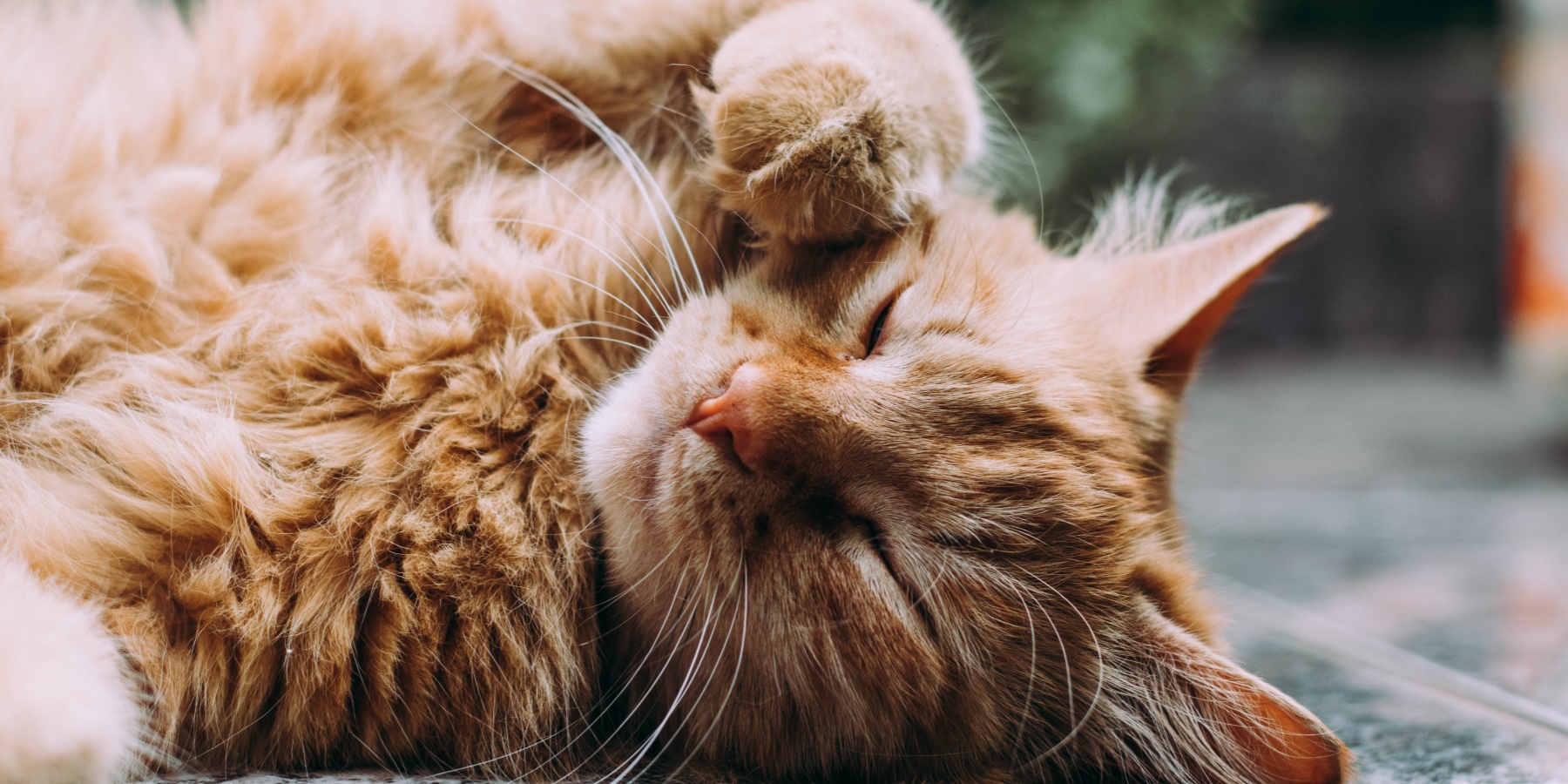Cats are creatures of habit, and their feeding schedule plays a pivotal role in maintaining their health. A well-structured cat feeding schedule is essential not only for preventing obesity but also for avoiding malnutrition. This comprehensive guide will explore how a balanced feeding schedule can promote a healthier lifestyle for your feline companion.
Understanding Cat’s Dietary Needs
Before delving into the feeding schedule, it’s crucial to understand a cat’s dietary needs. Cats are obligate carnivores, meaning their diet should be rich in proteins and fats derived from animal sources. They require a balanced diet that includes all necessary nutrients, vitamins, and minerals. The dietary needs of a cat also vary with age, health, and activity level.
Establishing a Feeding Schedule
The key to a successful cat feeding schedule is consistency. Cats thrive on routine, and a regular feeding schedule helps regulate their digestive systems and energy levels.
Meal Frequency: Adult cats typically do well with two meals a day, spaced roughly 12 hours apart. Kittens, being in a growth phase, require more frequent feedings, about three to four times a day.
Portion Control: It’s essential to measure food portions accurately based on your cat’s weight, age, and activity level. Overfeeding can lead to obesity, while underfeeding can result in malnutrition. Consult with a veterinarian to determine the appropriate portion size for your cat.
Quality of Food: The quality of cat food is just as important as the quantity. High-quality, nutrient-rich cat food can prevent overeating and ensure your cat gets all the necessary nutrients.
Obesity in cats is a growing concern and can lead to several health issues like diabetes, arthritis, and heart disease.
Monitoring Weight: Regularly weigh your cat and adjust their diet as necessary. If your cat is overweight, gradually decrease the portion size and increase their activity level.
Encouraging Exercise: Playtime is crucial for keeping your cat active and healthy. Interactive toys, climbing trees, and regular play sessions can help manage their weight.
Avoiding Free-Feeding: Free-feeding, or leaving food out all day, can lead to overeating. Stick to the scheduled meal times to control their calorie intake.
While obesity is a concern, malnutrition is equally dangerous for cats.
Balanced Diet: Ensure that your cat’s diet includes all the necessary nutrients. A lack of certain vitamins and minerals can lead to serious health problems.
Regular Vet Check-ups: Regular check-ups can help detect and address any nutritional deficiencies early on.
Special Diets for Special Needs: Cats with specific health issues may require specialized diets. Always consult with a vet to choose the best food for your cat’s unique needs.
Transitioning to a New Schedule
Changing a cat’s feeding schedule should be done gradually to avoid digestive upset. Slowly adjust their current feeding times to the new schedule over a week.
Alongside a balanced diet, ensure your cat has constant access to fresh water. Hydration is crucial for their overall health.
In conclusion, a well-planned cat feeding schedule is instrumental in maintaining your cat’s health. It prevents the extremes of obesity and malnutrition by providing structured and balanced nutrition. Remember, each cat is unique, and their dietary needs can vary.
Regular consultations with a veterinarian can help tailor a feeding schedule and diet that suits your cat’s specific needs. By managing meal times, portion sizes, and ensuring a balanced diet, you can promote a long, healthy, and happy life for your feline friend.
